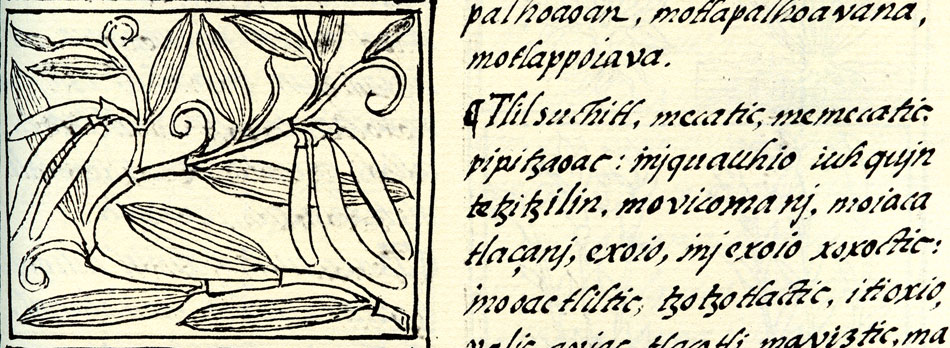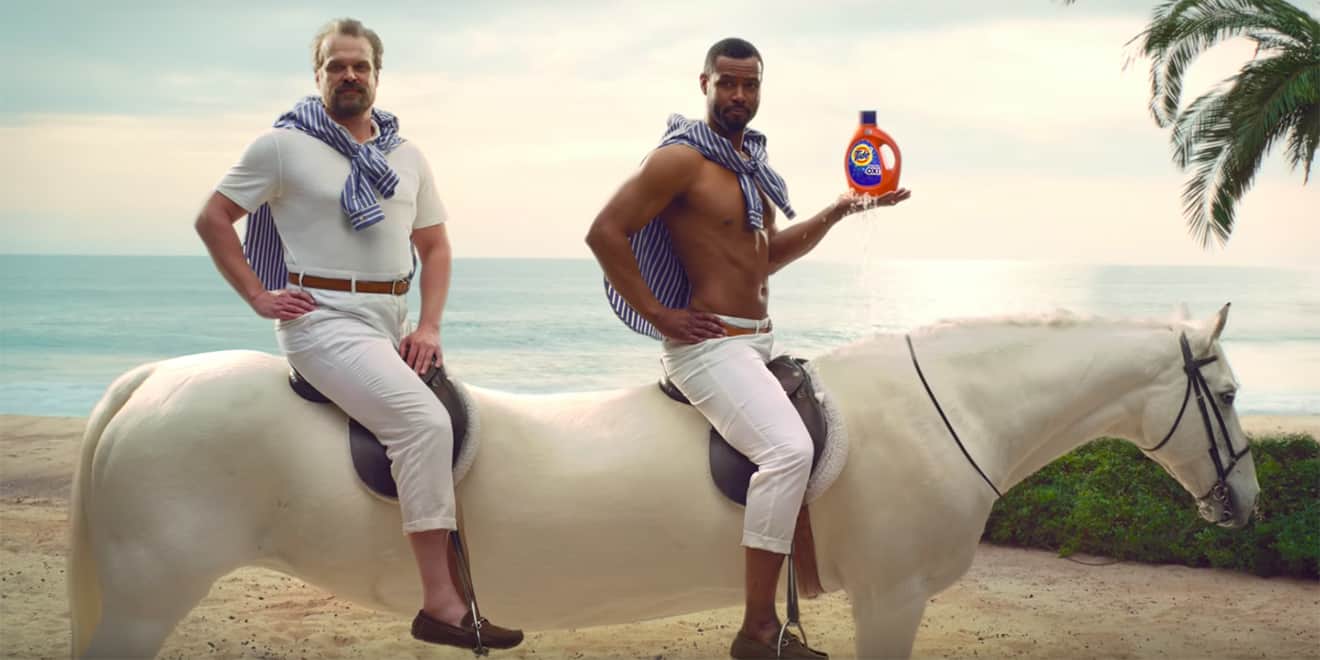MARKETING DR PEPPER
More than a century old, Dr Pepper (now merged with Keurig) aims to make itself the soft drink brand of choice for college-age consumers. This market segment tends to be interested in diverse flavors and differentiation, as well as being heavy consumers of soft drinks.No wonder Dr Pepper is a big sponsor of college football, and is very active on social media (420k Twitter followers, 539k Instagram followers, 14mm Facebook likes, 26k YouTube subscribers). And no wonder the company promotes "pick your Pepper" limited-time designs to catch the eye of variety seekers.
This year, Dr Pepper is trying something new with a soap opera-like series of commercials/episodes that will tell stories coming to an end as the college football season is over in January, 2019. The integrated campaign includes social media plus traditional media to attract attention and increase interest in the story line.






